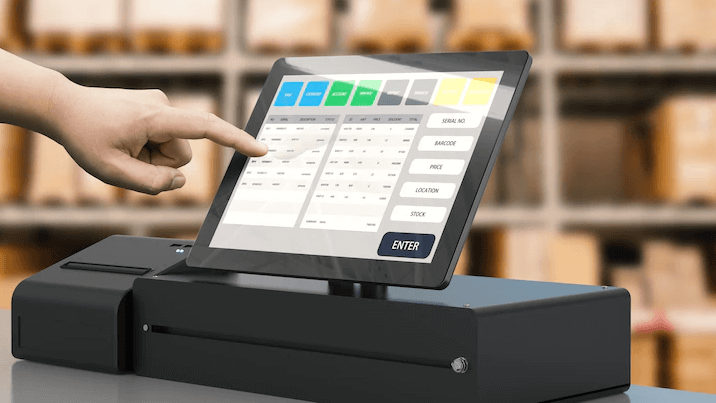The tools that power the retail and service industries are evolving. At the center of this development is the modern POS point of sale system comprised of software and hardware that go way beyond cash registers as well as receipts. The emphasis is no longer on collecting payment. The Point of Sales Experience is now focused on operational intelligence, customer insight, and seamless integration throughout the company.
The Heart of POS Software: Beyond Transactions
Point of sale POS software functions as an administrative center that can handle all basic transactions. It keeps track of inventory sold, adjusts stock levels in real-time and also sends out alerts whenever stocks of a product are low. It keeps track of sales history as well as customer preferences, turning every transaction into useful data that can be used to inform future purchasing and marketing decisions.
A great POS can connect multiple departments. This characteristic is often overlooked. Certain systems incorporate time clocks which are used to calculate salaries and schedule employees, rather than handling payroll on its own. This creates an efficient workflow with fewer administrative burdens.

For businesses that have both an offline and a physical presence, today’s POS software offers vital syncing capabilities. Products displayed in stores will reflect online inventory at any time. This helps avoid double-selling and inventory discords. This method of unified operation is vital as trends in shopping shift towards hybrid purchases, in which shoppers browse online before picking up the item at the store.
Why integration is more important than ever
Integration is where the modern POS point of sale system truly shines. No longer do you have to “talk” between multiple tools. The power of a solid POS system lies in its ability to integrate sales, staff management inventory management, accounting and inventory.
Consider the customer experience. Customers can be informed of their loyalty points at checkout, receive relevant discounts and an eReceipt via email with no delays. The backend of the sale update revenue totals and stock availability and daily reports. This provides a more personal shopping experience as well as reducing errors and manual input.
This kind of knowledge is invaluable to business owners and managers. With real-time, accurate data readily available, they are able to respond quicker to changes in demand and adapt pricing strategies and ensure their team is properly staffed in peak hours.
A smart investment with a long-term Payoff
It’s no wonder that many enterprises invest in POS systems. They provide tangible results. They’re not just about speed or precision, but also because they facilitate smarter decision-making and long-term growth. A properly-designed point-of-sale solution can aid in reducing the time spent on operations and help you discover patterns that might have missed.
Furthermore, as the increase in expectations of consumers, a modern point-of sale setup is an essential but unnoticed part of the customer experience. Fast checkouts, accurate inventory updates, and digital payment flexibility are now standard expectations. Businesses that meet these requirements build trust and encourage repeat business.
Final Thoughts
A modern POS is much more than a device for cash-outs. It’s a connection between your employees, you and your customers. The ideal point of sale POS software helps you understand your business on a deeper level, offering clarity in decision-making and efficiency in execution.
Staying ahead in a competitive market means being well-informed and agile, as well as customer-centric. With a well-thought-out integrated POS point of sale system on your side that you’re not only making sales but also creating a sustainable business.

